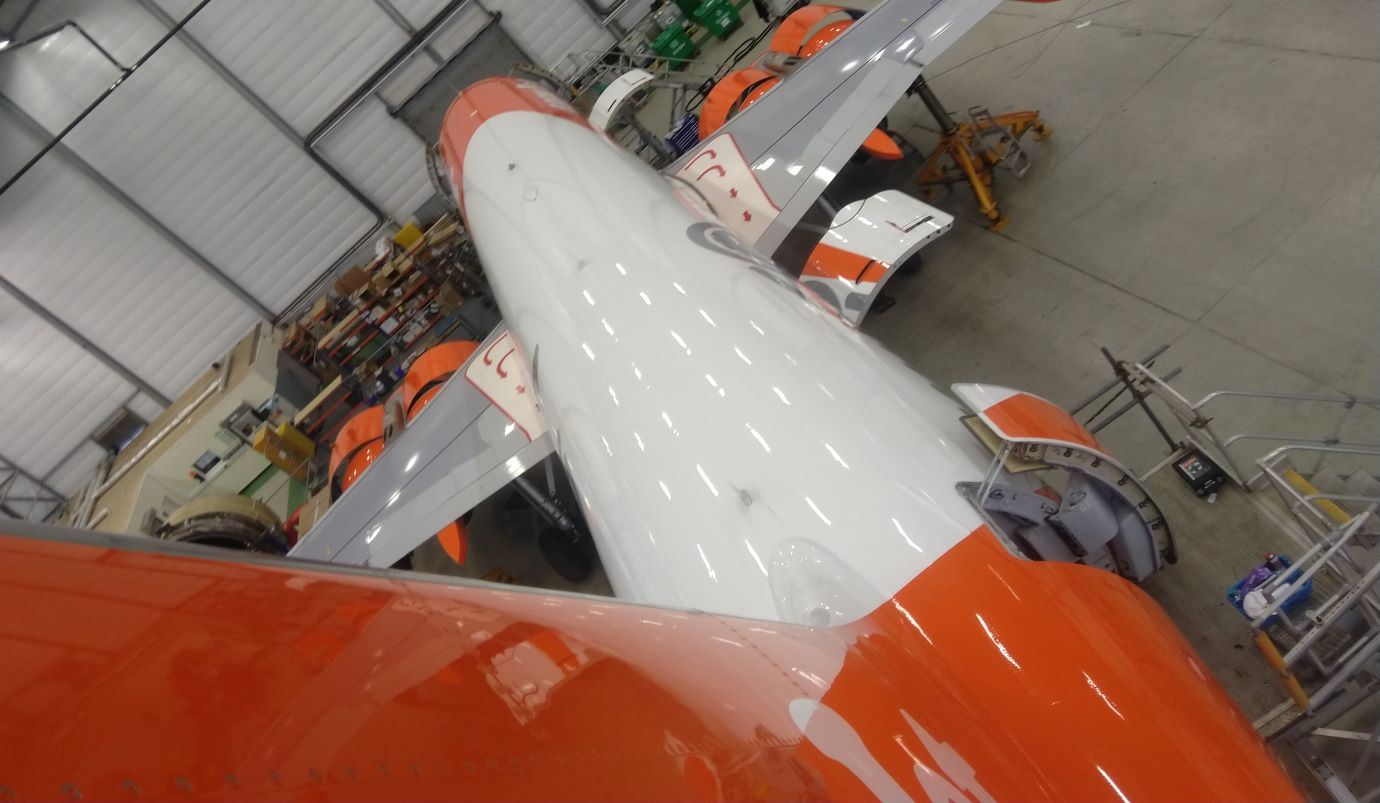Aircraft Lease Return and the Aircraft Physical Review is complex and performing a structural physical review of an aircraft is a critical aspect of aircraft leasing and return. This process can be carried out by a range of people, but the benefit of the right person cannot be underestimated.
The task is requiring detailed knowledge, experience, and vigilance.
Overlooking or failing to query defects can lead to issues such as ground time, a lost flight and lease revenue impacts. Hence, the implications of this review are far-reaching.
When conducting an aircraft inspection, it’s beneficial to have completed a repair file records review for each repair item first. All identified damages should be cross-referenced against the aircraft’s Dent & Buckle (D&B) chart. Discrepancies between the findings and the D&B entries must be recorded in the open item list (OIL).
During the survey, evaluators must have the appropriate tools: a ruler, masking tape, pen, extendable mirror, notepad, tap test tool, clipboard, torch, batteries, camera, and the aircraft’s frame and engine blade charts. Preparation, including having the required tools, simplifies the evaluation process, ensuring efficiency and accuracy.
The aircraft should be prepared for inspection: flaps and slats extended, engines and cargo bays opened, and all access doors unsealed. Proper access, like ladders or man lifts, is essential, along with optimal lighting. Reflection can be particularly useful in detecting changes in contour.
A thorough, detailed review ensures that findings are accurate and trustworthy. If there’s uncertainty about a damage, it should be questioned. For example, a mere scratch in the paint layer, which doesn’t harm the aircraft, can be easily clarified by an engineer. It’s recommended to take photographs, where permitted, to document findings.
“Tap testing” can be particularly useful to detect areas of delamination or concealed damage. Experienced individuals can typically complete an aircraft’s physical review in a day, considering optimal conditions such as good lighting and easy access.
Key areas to inspect include:
Fuselage (both upper and lower, left and right)
Wings (upper and lower surfaces)
Flight controls & lift augmentations
Windows and doors
Empennage (tail) including vertical and horizontal stabilizers.
Cargo bays, engine cowling, and engine blades
Internal areas, as far as access allows.
It’s essential to prioritize areas highlighted as high-risk. Evaluators should also be aware of the material they’re inspecting. Varied materials, like metallic or composite, can react differently to incidents.
Recognizing these differences is crucial for an accurate assessment.
Why not learn more with IALTA and check out some of our courses https://ialta.aero/courses and be sure to follow us on LinkedIn.
